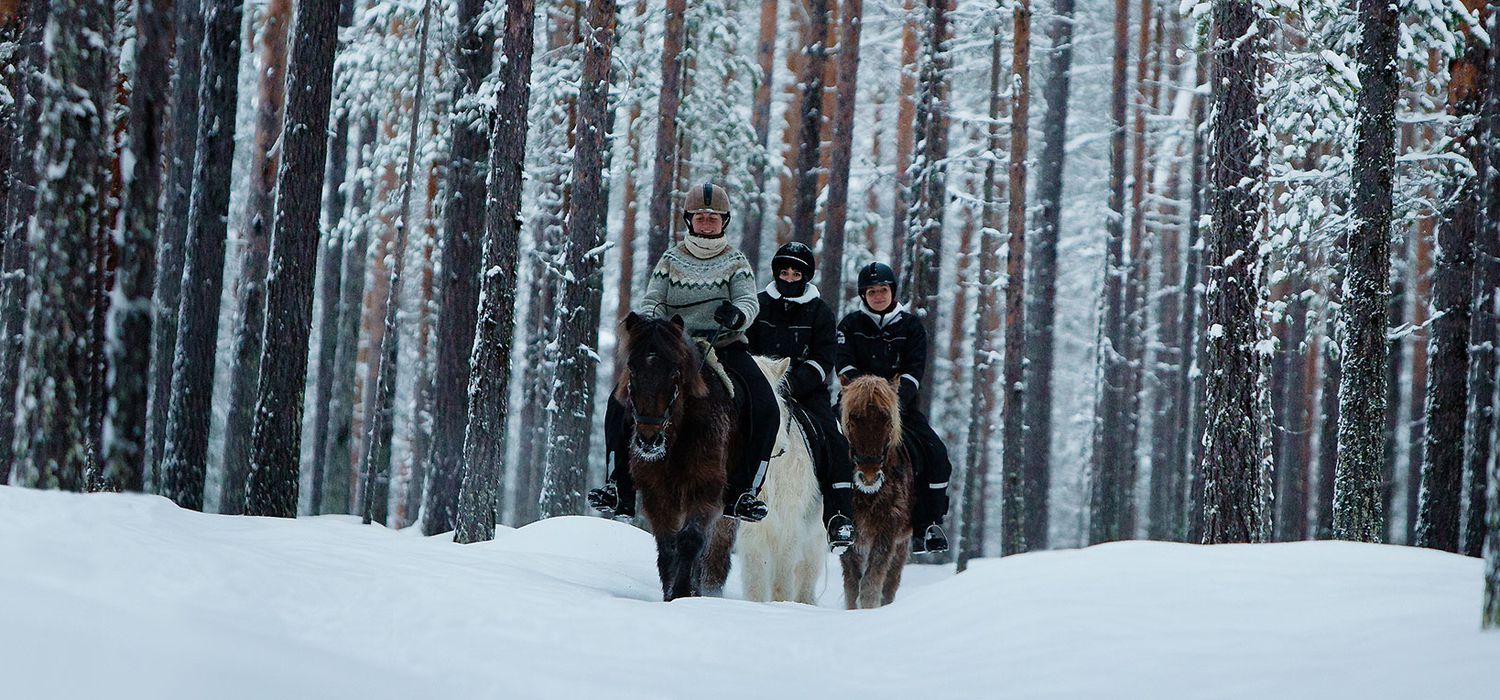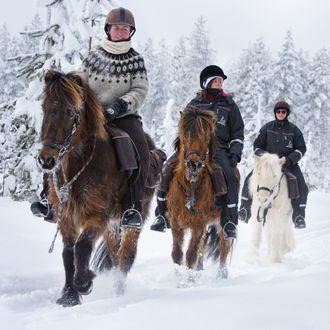Sweden

Sweden is the largest Nordic country located on the Scandinavian peninsula of northern Europe. It is bordered by Norway to the west and north, Finland to the east, and is connected to Denmark in the southwest by a bridge–tunnel across the Öresund. The capital and largest city in Sweden is Stockholm and the country has a relatively low population (for its size) of just 10.5 million people. This leads to a very low population density with most Swedes residing in urban areas in the south and central regions of the country.
Read more…
As a result, nature dominates in Sweden! Covering such a large area, the landscapes of Sweden offer up huge varieties from the mountain ranges and glaciers of Norrland (northern territory), to the forests and lakes of Svealand (central territory) and the islands and coastland of Gotaland (southern territory). The people of Sweden have a great affinity with and respect for nature and the natural world. Outdoor sports and active pursuits are incredibly popular, with over half the population of Sweden actively participating in organised sporting activities. Second only to football, equestrian sports are one of the most popular sporting pursuits practised in Sweden.
A Dalecarlian horse or Dala horse is a traditional carved and painted wooden statue of a horse which is thought to have originated in the Swedish province of Dalarna. The Dala horses began life as children's toys but later became the symbol of the Dalarna province as well as of Sweden generally.
There are several horse breeds native to Sweden, including a number of cold-blooded draft breeds which have been specialised for farming and agricultural use. The most well-known is the North Swedish Horse, a breed of light draft horse with relatively unknown origins which is believed to be closely related to the Norwegian Dølehest. It is believed to have been derived from selective crossings of local Swedish breeds together with some possible influence from Friesians. The result is a light draft breed which is agile and trainable, perfectly suited to riding, leisure activities, harness racing, as well as for agriculture and forestry work.
In the 17th century, foreign breeds such as Spanish and Friesian horses were imported to Sweden to mix with local horses and produce mounts fit for military service. They became the foundation for the Swedish warmblood breed, which was later crossed to Arabian, thoroughbred, Hanoverian and Trakehner stock to produce the general-purpose riding and sport horse found today.
Refine Search
-
 Forests of Swedish LaplandSweden1 matching itineraryA winter wonderland adventure combining riding Icelandic horses, dog sledging and outdoor survival skills in the Taiga forests of Swedish Lapland.View Ride
Forests of Swedish LaplandSweden1 matching itineraryA winter wonderland adventure combining riding Icelandic horses, dog sledging and outdoor survival skills in the Taiga forests of Swedish Lapland.View Ride